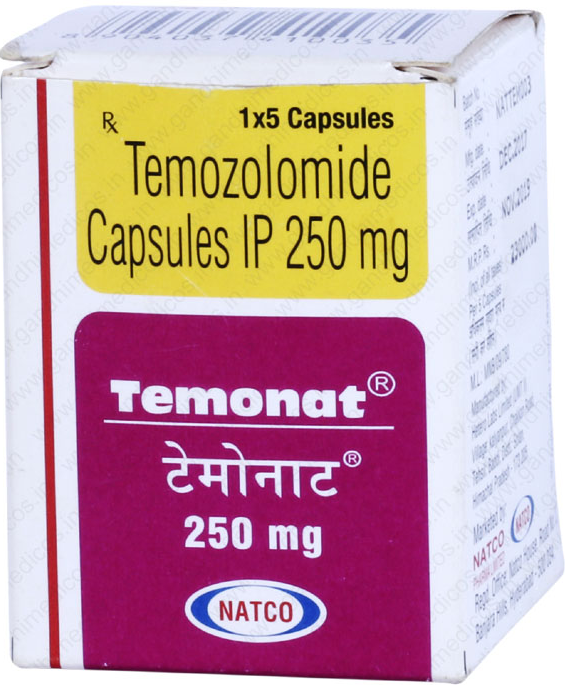What is the Survival Rate of Brain Cancer?

Brain Cancer
The brain cancer survival rate is typically discussed in five years. In other words, Brain cancer survival rates for five years depending on the proportion of the cancer-affected patients who stay alive for five years after their treatment and diagnosis. The survival rate for brain cancer-affected people in the United States is around 32.6%.
Important factors which contribute to the prognosis of brain cancer
- Type of brain cancer
Survival rate for brain cancer depends on the type of different brain tumors. For instance, the five years survival rate for glioblastoma is around 5.7%, whereas 5-year survival rate for astrocytoma is 43.6%. Other types of tumors have a five-year survival rate of 73.9%
- Treatment success
An important criterion that influences the prognosis of this cancer individuals is their first treatment’s effectiveness and success, typically a surgery procedure. For example, temozolomide capsules help in treating brain cancer.
Factors influencing the 5-year survival rate for brain cancer
The survival rate for a person diagnosed with this cancer depends on several factors such as the type of tumor, location, grade of tumor, etc. There are variable statistics for the prognosis of this cancer-affected victims, and the survival rates differ in children, adults, and adolescents.
One of the important determinants of this cancer survival rate is the kind of brain cancer the individual suffers from. Therefore, your doctor will prescribe Temonat after determining whether the type of brain cancer you are having is treatable.
The survival rate for brain cancer without undergoing treatment
If you or your family member has this cancer and do not receive timely treatment and medication like Temonat 250, then it will be a great difference in the survival rate. Individuals have factors that influence their survival rates, such as their illness and their immune system strength. Your physician will consider all important factors such as tumor great, type of tumor, and location before deciding the survival rate. For instance, aggressive tumors such as glioblastoma with no treatment option will have a survival rate ranging from approximately 3 to four months. Young adults aged 20 to 29 years having this cancer have a survival rate of 73%. People between the age of 15 to 19 years old suffering from adolescent brain tumors can have a five-year survival rate of 77%. Effective medication for treating this cancer today is temozolomide 250 mg.
How is gender affect the survival rate?
The main cause of how gender differences among people affect this cancer’s survival rate is not yet known. Researchers claim that hormones play a great role in influencing the survival rate of people who are suffering from this cancer. Gender differences, for instance, glioblastoma, affect males more than females.
Grades
It is divided into 4 grades- such as grade 1, grade 2, grade 3, and grade 4. In the case of Grade 1, the cells look normal and grow slowly. This cancer is unlikely to spread, and treated this tumor. Surgery is the only way out. In the case of grade 2, cells do not appear much like normal cells. Although grade refers to slow growing tumor stage, cancer may spread to nearby brain tissues and can also return in the future. In the case of grade 3, the cells do not look like normal cells and grow faster. The tumor spreads to the nearby regions of the brain and even the spinal cord. Grade 4 this cancer looks much abnormal. So grade 4 cells are aggressive and spread to the spinal cord and brain regions.


 Anti Cancer Drugs
Anti Cancer Drugs Hepatitis C
Hepatitis C Meds for HIV
Meds for HIV Ayurvedic Medicine
Ayurvedic Medicine Transplant Medicine
Transplant Medicine Respiratory System
Respiratory System +91-9999064250/ 9811604424/ 9811604444
+91-9999064250/ 9811604424/ 9811604444  8(800)100-47-90
8(800)100-47-90
